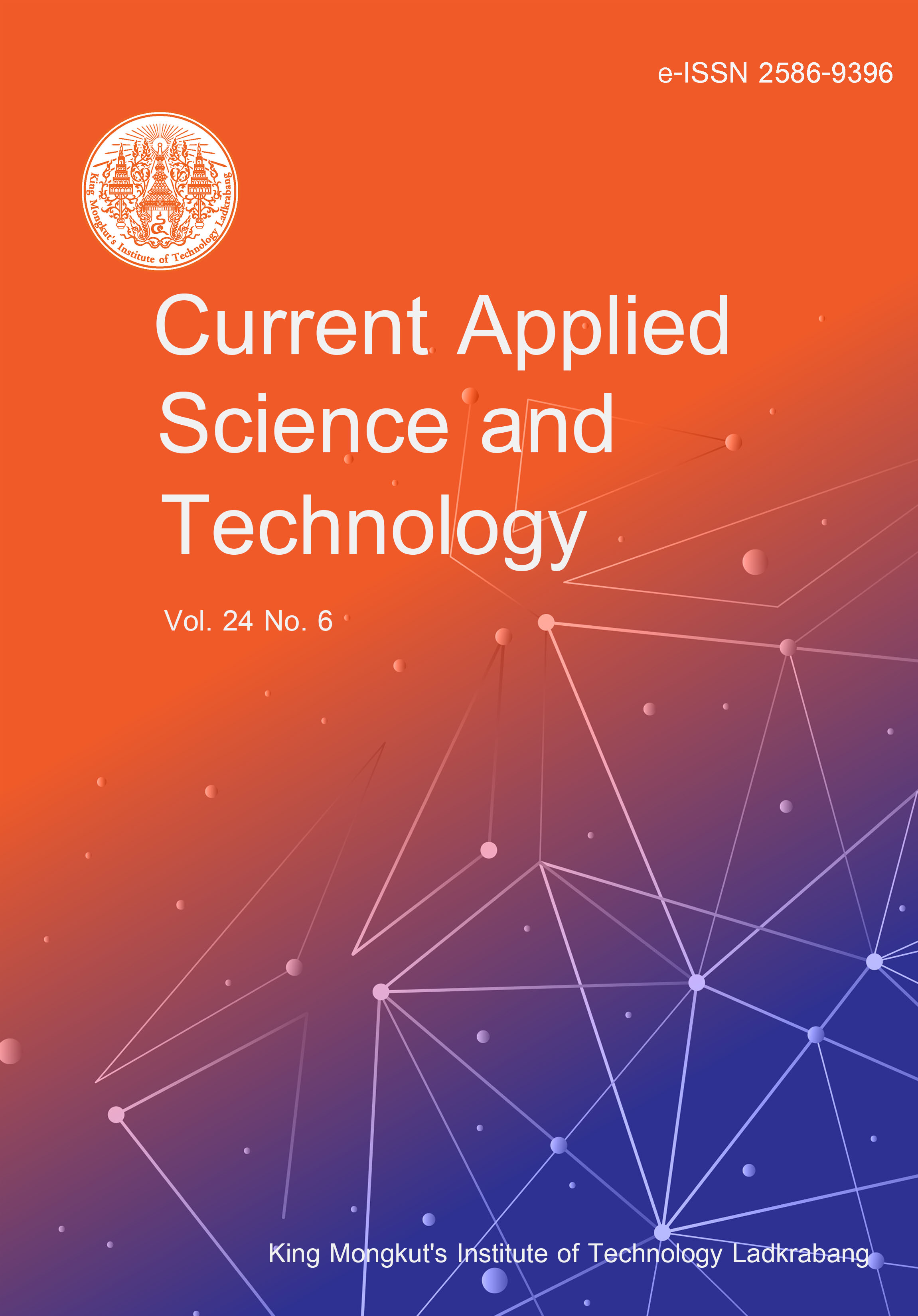The aim of this study was to investigate the impact of organic and chemical organic fertilizers on the translocation of cadmium in crude oil-contaminated soil treated with potassium hydroxide-modified biochar (KOH-biochar). The soil sample was collected from Chonburi Province. The soil was characterized as moderately acidic sandy loam with relatively low organic matter, medium salinity, medium cation exchange capacity, and high nutrient levels. The concentration of cadmium in the soil fell within the acceptable range for agricultural use. The KOH-biochar exhibited strong alkalinity, a high carbon/nitrogen (C/N) ratio, and an oxygen/carbon (O/C) ratio. Crude oil was slightly acidic, with high organic matter content and low sulfur and cadmium concentrations. The synthetic soil created in this study composed of 5% crude oil, and 100 mg/kg of cadmium. KOH-biochar, organic and chemical organic fertilizers were applied to this synthetic soil. Subsequently, the soil was subjected to extraction with 0.005 M diethylenetriamine pentaacetate (DTPA), and a sequential extraction method was employed to determine six different forms of cadmium in the soil samples. Cadmium concentrations in the extracts were measured using a graphite furnace atomic absorption spectrophotometer. The findings revealed that fertilizers effectively slowed down the movement of cadmium. Fertilizer application led to the transformation of cadmium from unstable forms to more stable forms within the soil. Fertilizer with the highest organic matter content and pH showed the least cadmium mobility. Increased nitrogen and phosphorus content in the fertilizer resulted in slightly higher cadmium mobility within the soil. Conversely, higher potassium content in the fertilizer led to slightly reduced cadmium mobility in the soil.
Chaiyaraksa, C. undefined. ., Sankanta, T. ., Kamjan, T. ., & Kongsin, A. . (2024). The Impact of Organic and Chemical Organic Fertilizers on the Efficiency of Cadmium Mobility Reduction by Potassium Hydroxide Modified Biochar. CURRENT APPLIED SCIENCE AND TECHNOLOGY, e0261151. https://doi.org/10.55003/cast.2024.261151

